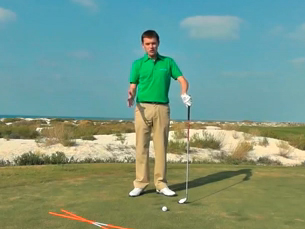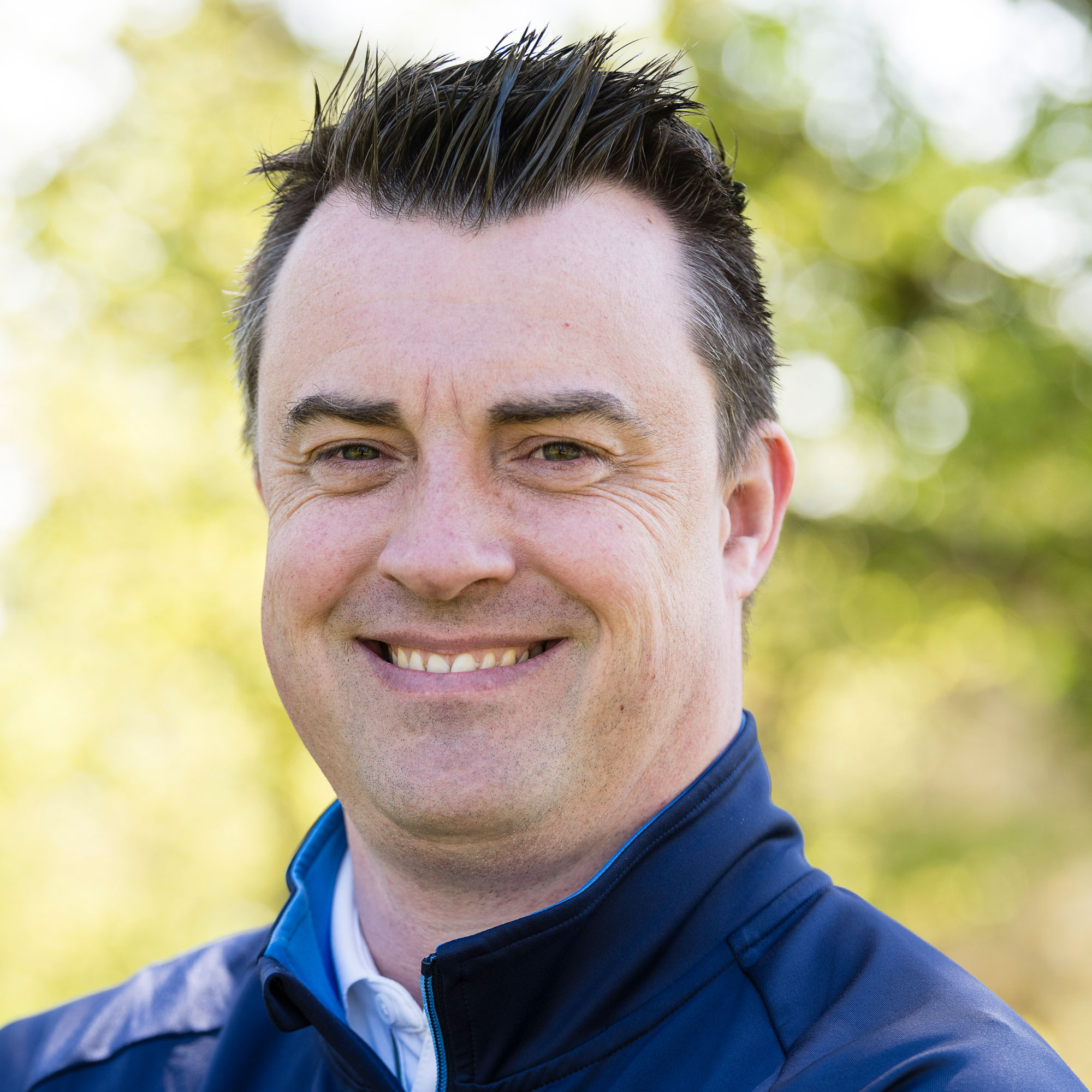Body rotation golf drills video
Golf Monthly Top 25 coach Neil Plimmer has some advice on body rotation and posture to imporve your consistency in all aspects of your game.


Golf Monthly Top 25 coach Neil Plimmer has some body rotation golf drills to improve your consistency in all aspects of your game.
Body rotation golf drills video
If you regularly read the instruction pages of Golf Monthly you’ll know that, as coaches, we often stress the importance of a good posture.
Not only will a sound spine angle, set at address and maintained through impact, help you make consistently sweet strikes, but it will also ensure you make a good turn.
One of the big mistakes I see is standing too tall at address. As the main muscles in your legs and midriff are not engaged, you’ll have a tendency to slide your hips as you take the club back. This ruins the resistance required between your upper and lower body at the top of the backswing. Resistance is what creates power and also helps your ams and body work in harmony on the way down.
Don’t hunch
Get the Golf Monthly Newsletter
Subscribe to the Golf Monthly newsletter to stay up to date with all the latest tour news, equipment news, reviews, head-to-heads and buyer’s guides from our team of experienced experts.
Of course, for every player who stands too tall at address, there’s another who hunches over. This encourages a tilting of the shoulders, as opposed to a powerful coil as you take the club back.
Remember that you’re looking for your upper body to rotate while maintaining the same spine angle you set at address.
Disassociation test
Power in the golf swing comes largely from the way your upper body rotates against the resistance of your lower body.
To highlight this, I’ve placed an alignment stick through my belt buckle and held another across my shoulders.
Notice how the one mirroring my hips only turns 45 degrees, where as my shoulders turn 90 degrees.
This is the torque that creates speed through the downswing. You’ll need to be supple enough do this well, but even if your body won’t allow you to make a full turn, understand that your lower body needs to resist, creating the disassociation to help generate power. If you’re unsure about your body rotation, use this test to find out.
Separation drill
Once you reach the top of the backswing, you need to make a transition that will deliver power without losing control.
The start of the downswing is triggered by a small movement of the hips towards the target. The upper body then begins its rotation back.
The separation, as the hips move towards the target, between your full upper-body turn and your lower half will help you find a blend of power and control.
Place an alignment stick across your hips and rehearse this move. Once your shoulders have made a full turn, practise bumping your hips towards the target.
You should notice how the movement of your hips sparks the uncoiling of the upper body. As you swing through to the finish, your upper and lower body will both face the target.

Tom Clarke joined Golf Monthly as a sub editor in 2009 being promoted to content editor in 2012 and then senior content editor in 2014, before becoming Sports Digital Editor for the Sport Vertical within Future in 2022. Tom currently looks after all the digital products that Golf Monthly produce including Strategy and Content Planning for the website and social media - Tom also assists the Cycling, Football, Rugby and Marine titles at Future. Tom plays off 16 and lists Augusta National (name drop), Old Head and Le Touessrok as the favourite courses he has played. Tom is an avid viewer of all golf content with a particularly in depth knowledge of the pro tour.
-
 JM Eagle LA Championship Prize Money Payout 2025
JM Eagle LA Championship Prize Money Payout 2025The LPGA Tour heads to California for the JM Eagle LA Championship, where the largest prize money payout of the season so far is on the table
By Mike Hall Published
-
 Corales Puntacana Championship Prize Money Payout 2025
Corales Puntacana Championship Prize Money Payout 2025The PGA Tour’s latest opposite field event features an attractive prize money payout and some former champions in the field
By Mike Hall Published